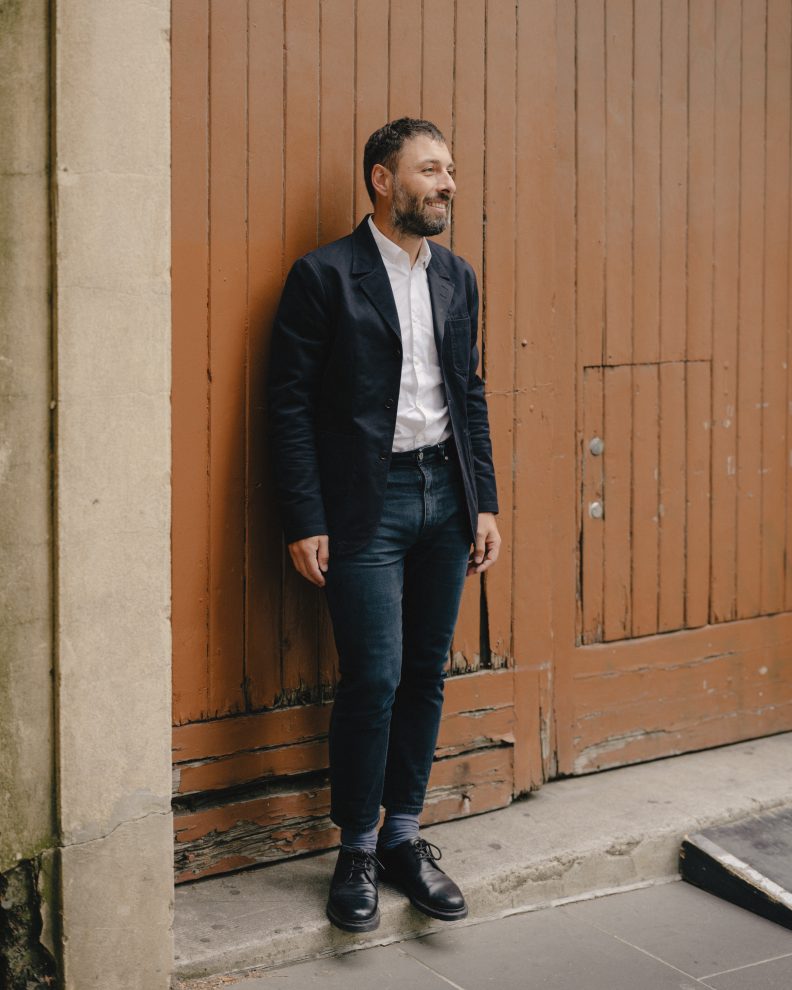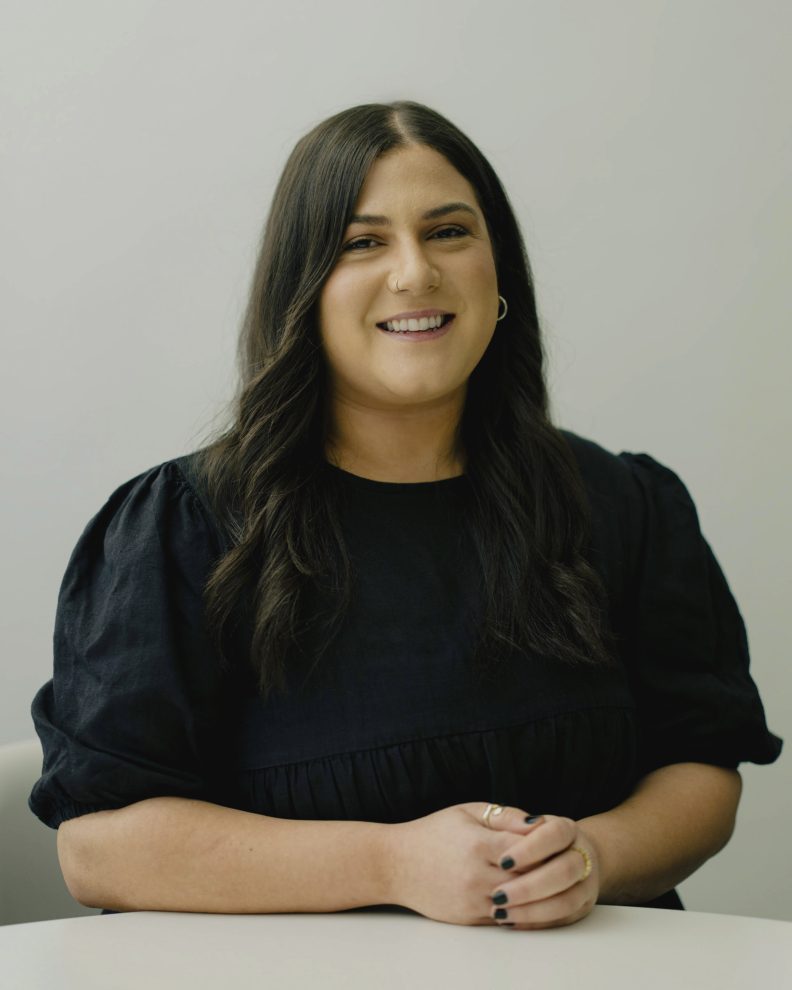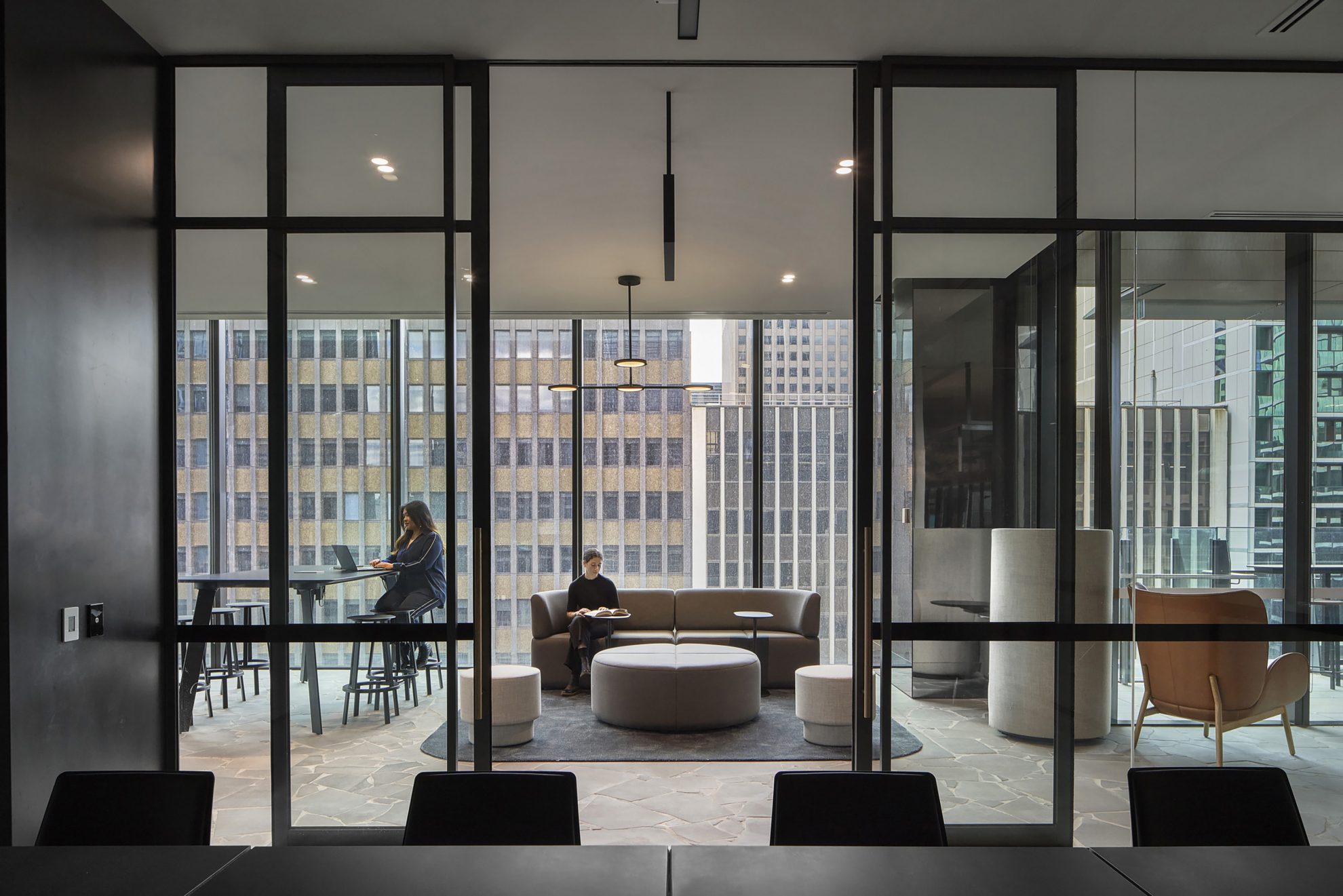
Navigating the return to the workplace, and the offering of gestures to entice staff back, Carr and Lander & Rogers discuss the close collaboration needed to create authentic connections, imbedded learning and the benefits of hospitality-led principles for law firms of the future.
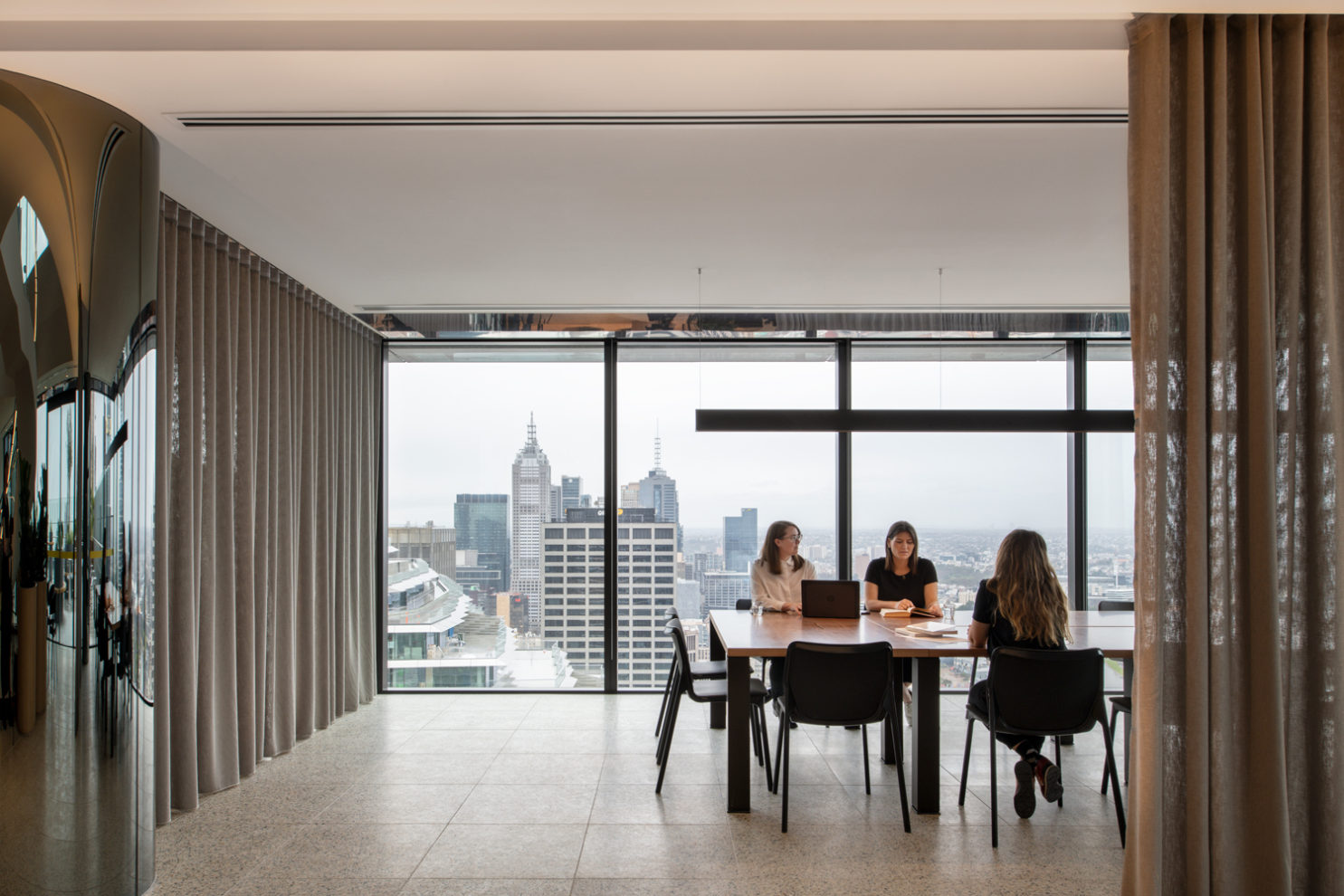
The workplace is an everchanging beast, and this last year has undeniably tested its resolve. As one of the most agile and adaptive environments that simultaneously reflects the rapid changes in how business is conducted, it also reflects how people engage with one another and maintain a global momentum. With that global and local momentum recently interrupted, and workplaces abandoned, the working-remotely model has fast become the accustomed norm. As a result, the conversation about the purpose of the office is forever altered and instead replaced with a current dialogue of what it is that will entice staff to return. Carr Associate Rob Compagnino and Lander & Rogers’ Chief Executive Partner, Genevieve Collins both share insight into how design leaders at Carr and legal clients are closely collaborating to navigate these uncharted tides, to sculpt the future of the professional services workplace.
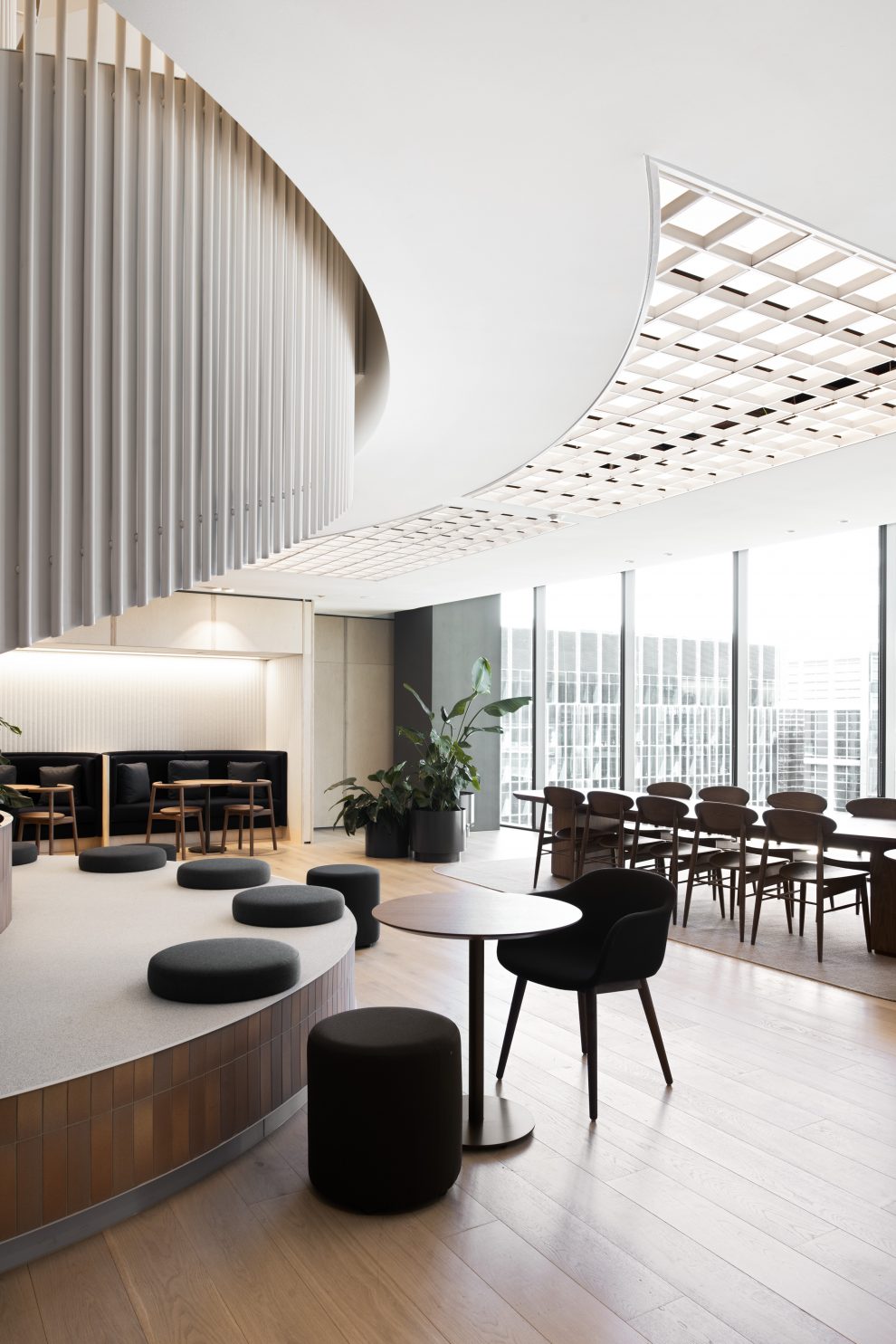
The cultural shift
Change has become one of the rare constants, and with that has come a reset of values. In reflecting on her own staff, Genevieve says, “We have seen a resetting of career and life goals, and most evidently, we have seen people purchasing property further out of the cities and in more rural areas, allowing them to work remotely and focus on a better quality of life. With that comes a greater willingness to experiment, and a heightened flexibility around what work is.” The recently completed workplaces of Australia’s top-tier law firms Norton Rose Fulbright, Lander & Rogers and MinterEllison by Carr have come to fruition at a unique time. Designed to offer the workplace as a fused extension of the home and professional space, their modular approach focuses on sensory engagement, accidental collaboration and learning through osmosis. These mechanisms, Rob says, “Reinforce the foundations upon which law firms are built – relationships. The opportunity to return to building and fostering those relationships is an opportunity to regain social credit.”
Authenticity
The need to adapt to the changed working climate en masse has seen new methods of working and communication emerge. While the in-person meeting has long remained a favoured method to engage with clients, Genevieve says, “Our clients certainly value personalised engagement, but this doesn’t necessarily mean a return to face-to-face meetings.” In surveying the staff of Lander & Rogers, she said, “90% of our 500 people want to work 2-3 days from home, which is a major shift and will change how the workplace looks as a result. We see this as an opportunity for a fresh start. The timing with our recently completed Collins Street space allows us to use this as a prototype for how our future spaces can work.” In speaking to how she believes staff will be enticed back to the workplace, she says, “The reasons have to be authentic to the firm and be an elevated offering”.
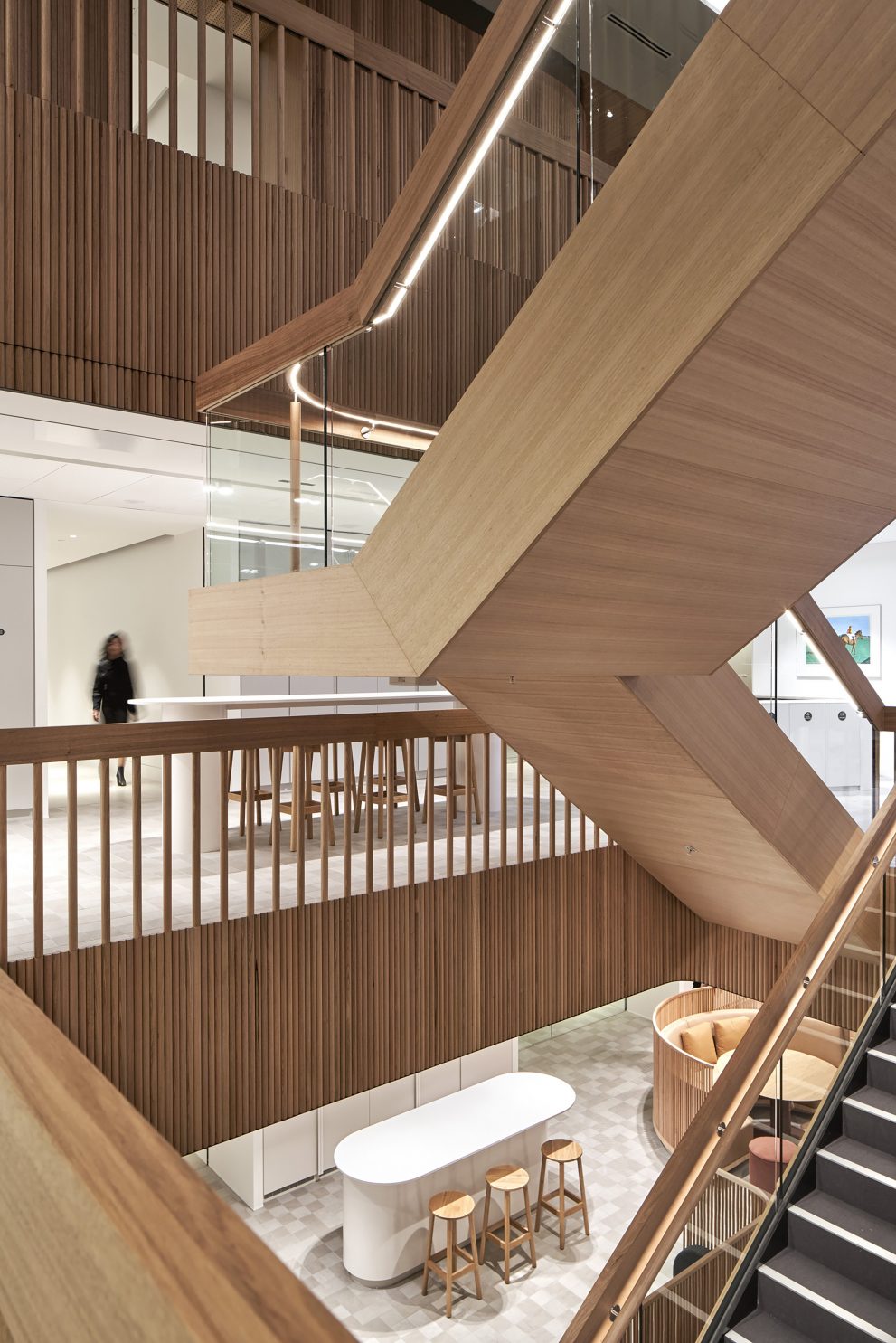
Social connection and integrated learning
While historically the workplace has served primarily as a place to conduct business, what it is and always has been is about people and connection. With that element removed, it is no surprise that Genevieve notes, “In asking our people what they would come into the office for, the outstanding responses were around social connection and about collaboration – about learning opportunities and mentorship.” In dissecting how these integrated opportunities for connection can occur in a natural and unforced way, Rob says, “Giving back to the next generation is key, and we’ve seen a shift from a very traditional face to face manner of mentoring into new methods. Data has shown more senior level staff prefer to work from home where more focus can occur. Yet juniors and associates with young families and smaller homes, actually crave mentorship and respond better from on-site learning, and are more open to being agile. And it is bridging the gap and creating communication channels to allow this flow of knowledge that is crucial.” In interpreting the voices of her own people, Genevieve adds, “The approach needs to be flexible for each individual, and it is our job to create opportunities for social connection and imbedded learning, which forms the main purpose of the office.”
The ‘bump’ factor and sensory engagement
Led by what Genevieve calls ‘an innovation agenda’, Carr has developed its own ‘Bump’ factor as the binding agent, interwoven into each of these recent workplaces. Defined as the accidental meeting and ‘bumping’ into clients and colleagues, data and lived experience indicates an increased sense of community and exchange occurs. Taking cues from a hospitality-led approach, Genevieve says, “Our internal stairs and connections allow for incidental encounters, and we deliberately have a client café on the top level, mid-level cafes and break-out areas surrounding a core atrium space to encourage an ingrained wellness through walking up and down the stairs. In these hub spaces, we have video links set up to all of our meetings, so that anyone can dial in from anywhere.” Rob describes the dynamic planning model as being a softening of boundaries between work and social spaces, where he says, “The goal is to bring clients into the fold and make them part of the business inner sanctum. In the way that food and social scenarios brings people together, we see these spaces as having their own gravitational pull, blending amenity.”
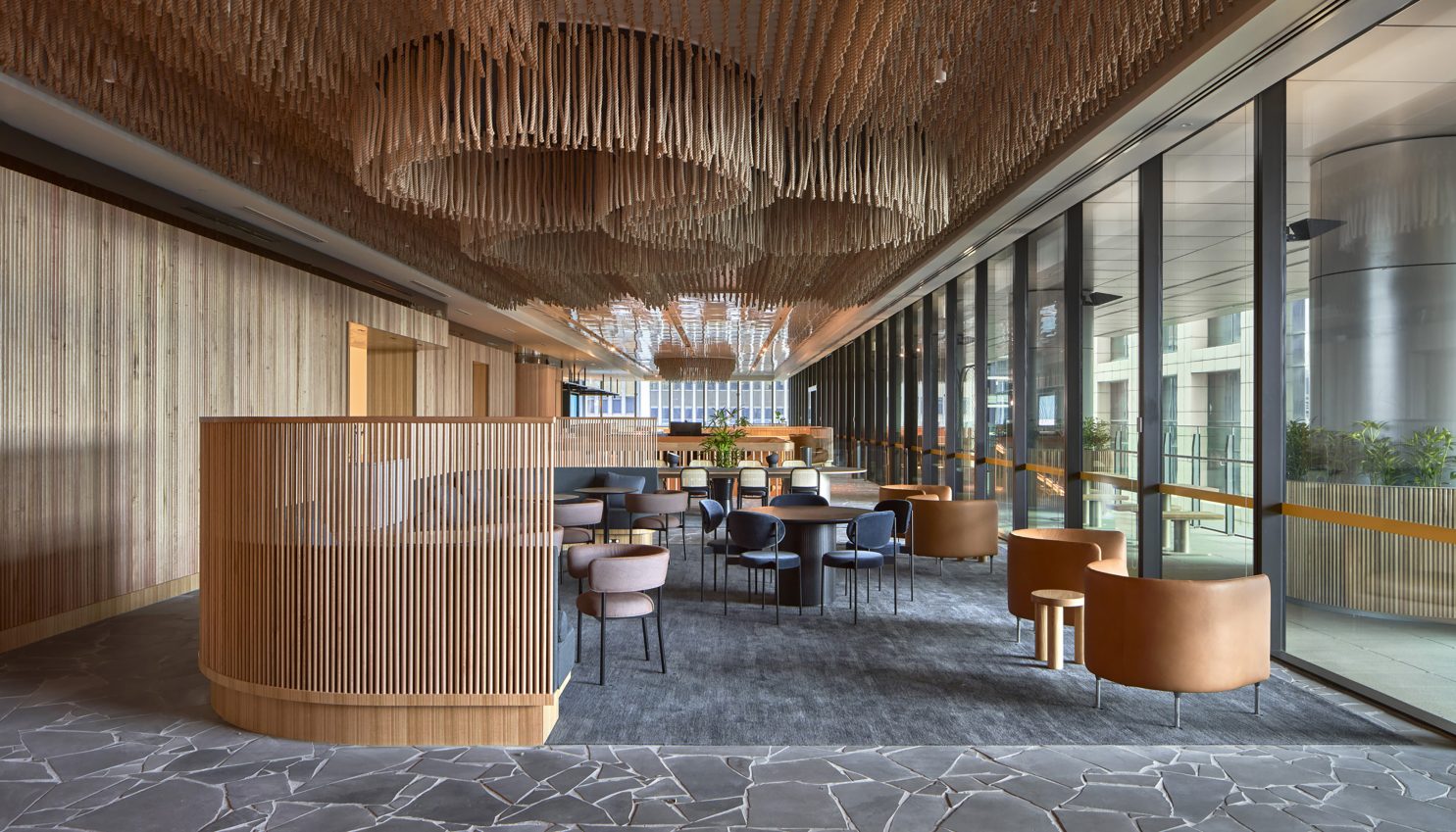
The reset
In a rare time, having endowed staff the freedoms of working from home, the challenges will inevitably remain in enticing talent back into the workplace environment, and the need to evolve will continue. Through close collaboration, Carr and its legal clients have found a way to pilot a series of principles and planning gestures that imbed opportunities for learning and social connection. These heightened sensory activators propose workplaces with elevated chance encounters and aim to dissipate the traditional rigidity of law firms of the past. In looking forward, Genevieve captures the spirit of continued engagement, and says, “It’s an ongoing listening process. Our vision is to deliver the best Australian law firm experience, and what that means is that we want both our clients to say that we delivered the best law firm experience, and that people say that it is the best place they have ever worked. And to do that, we need to keep listening.”
You can read more about our recent legal workplace projects with our clients Lander & Rogers, MinterEllison and Norton Rose Fulbright Melbourne.



































